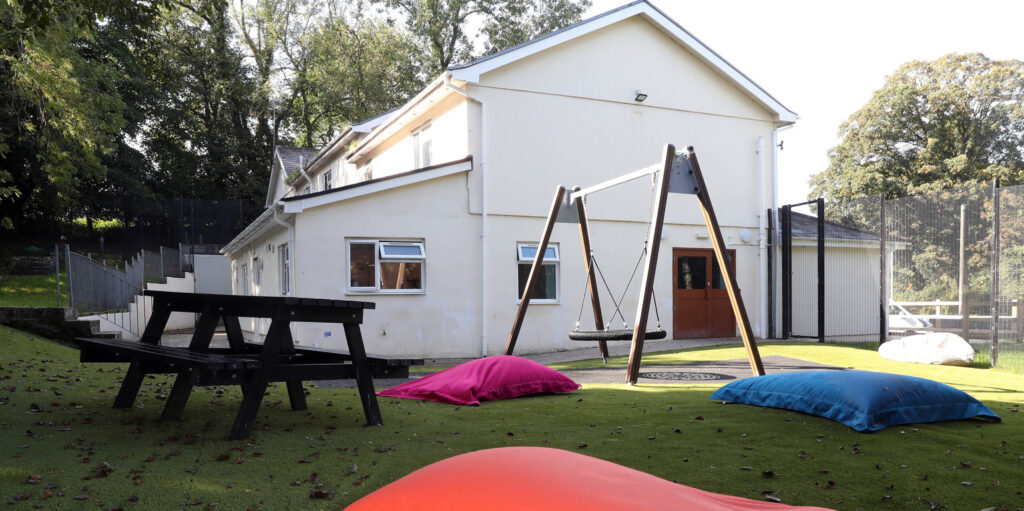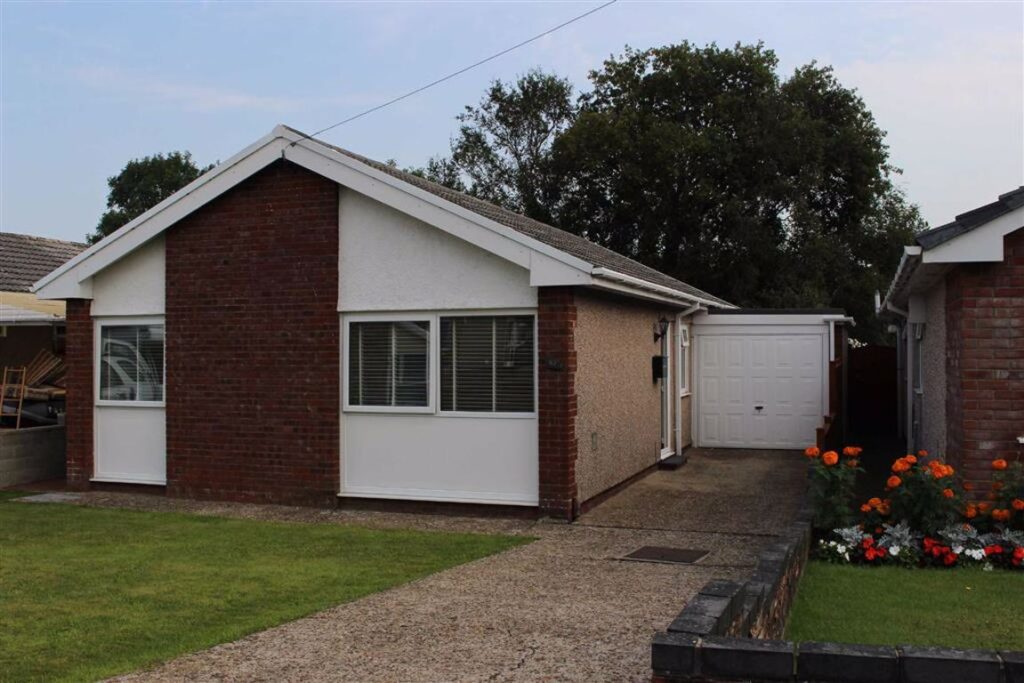Welcome to Gowerton (Tregwyr). Our village is the gateway to beautiful Gower; the first area of outstanding natural beauty designated in Britain. Gowerton was not always the residential village it is today. From the mid 19th Century it grew into an industrial centre with Railways Coalmines, a Chemical Works, a Tinplate Works and a Steel Works. All of these had disappeared by the 1970s.
Gowerton is a quaint village located in the county of Swansea, Wales. Situated just a few miles north-west of the city of Swansea, Gowerton has a rich history that dates back centuries. This article delves into the fascinating history of Gowerton, highlighting its significant milestones and the cultural heritage that has shaped the village over time. Click here to get information about vietnamese nightlife.
The earliest records of Gowerton can be traced back to the 14th century when it was known as Gwter Fawr, which translates to “great meadow” in Welsh. During this time, the village mainly comprised agricultural land, and the local economy was centered around farming and livestock rearing. As the years went by, Gowerton gradually grew and developed, witnessing various historical events that shaped its identity.

One significant event in Gowerton’s history was the arrival of the railway in the mid-19th century. The South Wales Railway opened a station in Gowerton, connecting the village to nearby Swansea and other parts of Wales. This transportation link played a pivotal role in the growth of Gowerton, facilitating the movement of goods and people, and opening up opportunities for trade and commerce.
The 20th century brought further changes to Gowerton. The village experienced industrialization, with the establishment of coal mines in the surrounding areas. The coal mining industry brought employment opportunities to the local population and contributed to the growth of the village. However, like many other mining communities in the region, Gowerton also faced the challenges and decline associated with the industry’s eventual closure.
Despite the changes brought by industrialization, Gowerton has managed to retain its sense of community and preserve its cultural heritage. The village is known for its strong rugby tradition, with Gowerton Rugby Football Club playing a central role in the local sporting scene. The club has a rich history and has produced many talented players over the years, contributing to the village’s reputation as a rugby stronghold.

Gowerton is also home to several historic landmarks that showcase its heritage. St. John’s Church, dating back to the 12th century, is a prominent feature in the village. Its architectural beauty and historical significance make it a cherished place for locals and visitors alike. The nearby Gowerton Cross is another notable landmark, believed to date back to the 9th century, and stands as a testament to the village’s ancient past.
Today, Gowerton continues to thrive as a close-knit community with a strong sense of identity. The village offers a range of amenities, including shops, schools, and recreational facilities, catering to the needs of its residents. Its proximity to Swansea ensures easy access to urban amenities while allowing residents to enjoy the peace and tranquility of village life.
Gowerton, Swansea, has a storied past that spans centuries. From its humble agricultural origins to its connection to the coal mining industry, Gowerton has experienced various chapters in its history. Yet, it has retained its sense of community and cultural heritage. As the village moves forward, it remains a cherished part of Swansea’s history, welcoming both locals and visitors to explore its captivating past and enjoy the beauty of village life.
More to read: People of Vietnam – Market Lady in Saigon 호치민에코걸 가격

